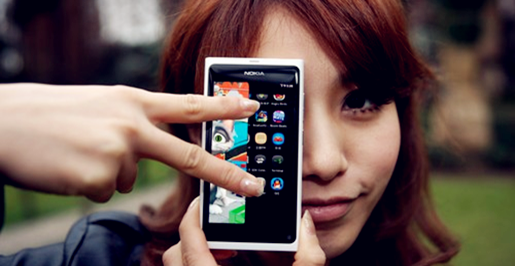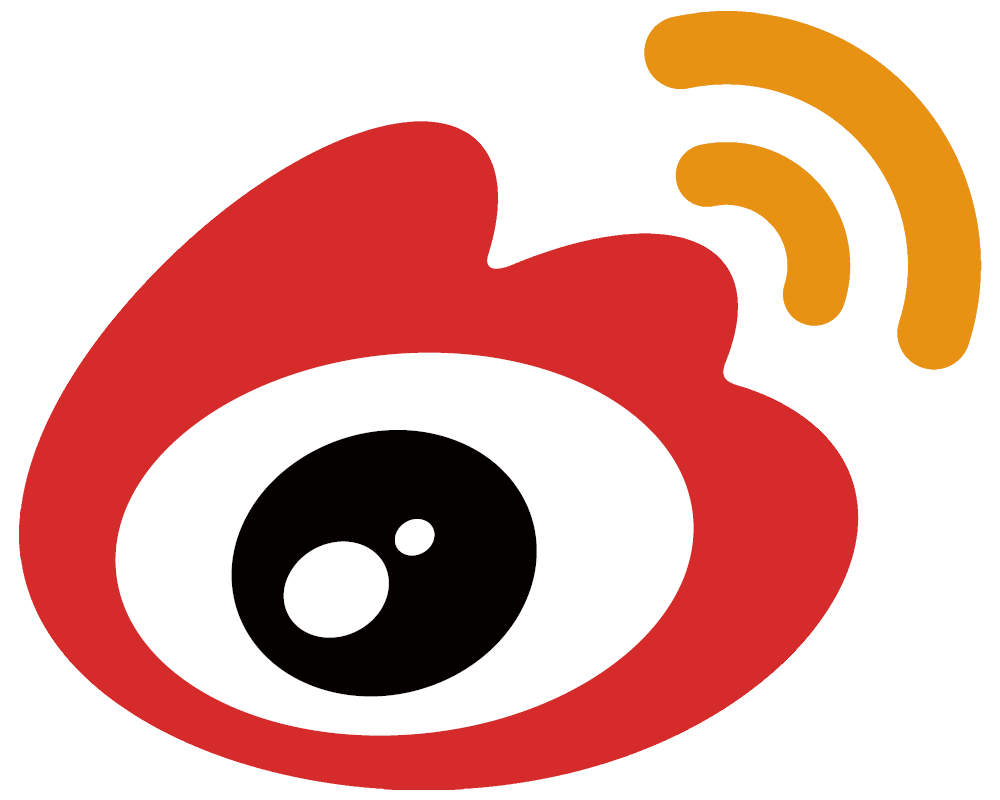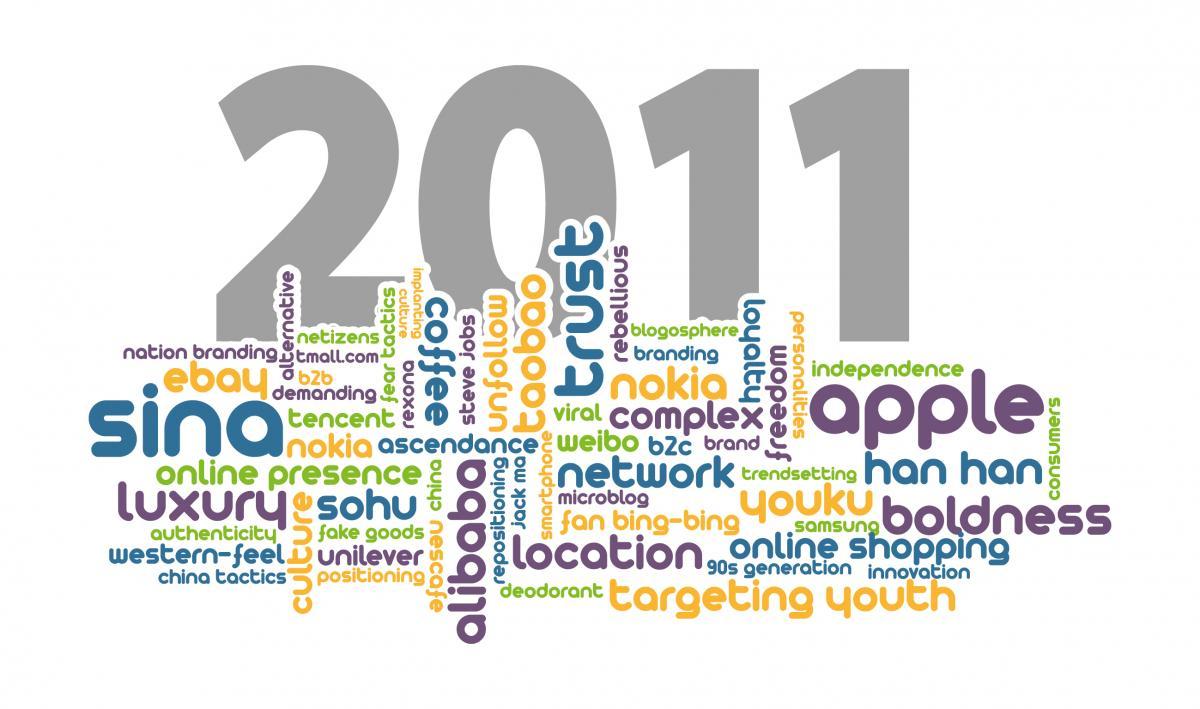

In the transformative year of 2011, marked by shifting global dynamics, China emerged as a powerhouse, redefining growth trajectories both domestically and internationally. The term “ascendance” aptly characterizes the current state of the country. Surpassing Japan to claim the position of the world’s second-largest economy, Chinese statesmen and business leaders are increasingly recognizing the pivotal role of branding and communications in sustaining this remarkable growth. For major brands, whether international or Chinese, the focal point now lies in finely tuning their products, image, and communications to meet the evolving needs of a burgeoning, intricate, and discerning Chinese consumer base. In this era of China’s ascendancy, brands are compelled to craft narratives that resonate with the pulse of this dynamic market. Explore with us the China’s top brand stories shaping China’s narrative, where growth meets branding, and communication becomes integral to the trajectory of success in this vibrant economic landscape.
Following in the footsteps of last year’s LabReport on China’s top brand stories, this article will offer a top-five list of what we believe to be the most interesting branding events witnessed in 2011, analyzing their relevance in the Chinese market and on a global scale.
Sina Weibo – Where culture is being made

What can better embody the transformation and change in China than the word ‘weibo’? Much like the rise of China’s economy, the development rate of weibo (微博 – micro blogging) has been equally impressive. Micro blogging websites in China are a platform through which people connect and follow others, allowing individuals to express their ideas and thoughts more freely. With 250 million users these social networks are transforming China, itsculture, its business, and its policies.
SinaWeibo is a must-follow platform for anyone interested in understanding modern China. This is of course even morevital for branding experts, asthis is in fact the place where culture is being made in the Middle Kingdom. But how exactly did SinaWeibo become the top brand in micro blogging?
The first answer can be found in Sina’s understanding of its users. Through extensive market research it created a truly user-centered experience. Borrowing elements from Facebook and Twitter it produced a hybrid platform in line with the needs and exigencies of the modern Chinese consumer, which recognized the importance of quickly entering the smartphone space with well-designed and integrated apps. Additionally Sina understood that it had to provide for the needs of its other target audience, namely Chinese and international brands, by offering them information on user behaviors and online trends.
The second winning strategy for Sina was the acquisition of the weibo.com domain. Sina is not the only firm offering a microblogging platform in China (Tencent and Sohu are its main competitors) but the acquisition of the domain in April of 2011resulted intothe full incorporation of the term weibo with its brand. This move has no doubt played a decisive role in the growth and success of the company and will most certainly influence the battles ahead.
If with these first two moves Sina crafted an accessible space for both consumers and brands, the final challenge was the filling of this space with what would attract users. Having recognized the influential roleof the celebrities in China, Sina executives set out to persuade many stars to endorse the network. In a matter of months the top trendsetters in China started blogging on SinaWeibo, resulting in a quick growth in terms of users. Because of the large audience, brands are now frantically jostling to increase their presence in the social network. This cult of personality has had an important impact on the branding tactics of corporations that now recognize the importance of the blogs of CEOs, journalists, and stars in ensuring the success of their brands in China.
In mid-November 2011 Nokia released its latest smartphone in China, the Nokia N9.
The launch campaign for the smartphone centered around the online micro movie 不跟随 [bù gēn suí] Unfollow. Intensely dramatic and stylized, the video, which stars famous Chinese actress and singer Fan Bing-bing, is shot entirely in black and white. It tells the story of an individual that refuses to follow the massesand identifies with the word ‘alternative’.
Within a few hours the video went viral on the social websitesWeibo and Youku, and the Unfollow campaign sparked an incredible amount of buzz around Nokia from netizens.

Currently Nokia is leading the Chinese mobile phone market with 27% of the overall market share, followed by Samsung at 22% and then Apple. In fact the Finnish manufacturer is still top dog when it comes to providing Chinese consumers with good quality feature phones (simple functions, easily accessible, low-cost).
However, the rising number of Chinese consumers with disposable income has propelled the growth of the Chinese market for smartphones, which recently overtook the US in terms of volume of products delivered to retail stores (Q3 2011). As the market grows in size so is competition growing in fierceness, and the key brands in the industry, namely Apple, Nokia, and Samsung, are using all possible means to battle one another.
First of all Nokia hopes to re-boost its brand image and technology strategy through therecently announced partnership with Microsoft (all Nokia phones will run on Windows Mobile). Furthermore, the Unfollow campaign seems to suggesta repositioning tactic for the brand in the country, where they position themselves as an alternative to the mainstreambrands (it seems that the Apple iPhone is now the mainstream), leveraging the Chinese consumers’ appetite for experiences that are exclusive and distinguished.
If globally Nokia is lagging behind in the smartphone race and has recognized that there are difficult times ahead, they are also aware that repositioning their brand in Chinawill help them regain market share in the Middle Kingdom’s smartphone wars.
China’s Top Brand Stories – Tmall.com – Location, Location, Location (online?)

In 2008 the C2C e-commerce giant Taobao launched a new section on its website dedicated to B2C transactions called Taobao Mall. The objective behind this section was to connect established businesses with the growing number of online Chinese consumers. Because of the section’s increasing recognition, as well as strategic branding problems, Alibaba Group (owners of Taobao) decided to create a separate website and a new brand for its B2C venture called Tmall.com. In 2011 the group spent over 190 million RMB to advertise and establish the brand, attracting a great amount of consumers and businesses to the website.
According to Patrice Nordey, CEO of L’Atelier in Shanghai, severing Taobao Mall from Taobao and rebranding it to Tmall.com was a great strategic move for the Alibaba Group, and proves once again the fundamental role that brands play as platforms for enhanced consumer experiences.
When Taobao Mall was launched in 2008 it recognized the increasing willingness in consumers to pay a premium for branded goods.Not only was it envisioned as a gateway for businesses to access a larger consumer base, but also as a means forcustomers to access branded products certified by the Alibaba Group as being authentic. Although initially it proved convenient to place the new venture under the Taobao website, from a branding perspective it quickly became evident that this connection was giving rise to multiple concerns for both consumers and businesses.
On one side the C2C nature of the mother website Taobao made it difficult for consumer to truly trust the system. This meant that China’s rising appetite for authentic and original brands was not being fully leveraged.
For businesses on the other hand, the initial arrangement forced them to be associated with sellers of fake and cheap goods. Just as Armani would not sell its high-end products in a street market, in the online world brands understand the importance of distancing themselves from C2C low-end business transactions to protect their brands and image.
In 2011 Nestle launched its new Chinese campaign ‘Living out one’s own Boldness’ for the promotion of its world famous instant coffee brand Nescafe. They selected Han Han(韩寒) as the main spokesperson for the campaign and protagonists of the advertisements. Singer, professional rally driver, and author of many best sellers in China, Han Han is mainly known for his controversial and thought provoking blog posts.

Traditionally a land of tea, China has only recently developed a taste for coffee. Because of the incredible potential for the industry to develop, a variety of brands have entered the market offering different kinds of experiences. As suggested by Starbucks’s Asia Pacific president Jilong Wang, most of these companies have until now focused exclusively on implanting the coffee culture in China.
In part thanks to the efforts of coffee companies, and in part thanks to its perceived occidental flavor, the habit of drinking coffee has quickly developed in modern Chinese culture, becoming a fashionable activity for many. It is estimated that the demand for coffee in China is growing at an estimated 15 to 20% per year. The next challenge forcoffee makers is now that of creating successful coffee brands in China, that can transcend the simple notion of taste and create true brand loyalty.
In this context Nescafe is trying to better position its productsin China. By associating its brand with the forward thinking, independent, and truth-seeking name of Han Han, Nescafe is trying to move past the simple notion of the coffee taste, to become a provider of bold and authentic experiences in the eyes of Chinese consumers.Most importantly the selection of this iconic star of the Internet-age clearly signals Nescafe’s desire to target a specific segment of society, namely youth and young professionals, the main followers of Han Han and his blog.
Rexona – The fearless deodorant?

Expats in China know this well: If you are looking for a body deodorant in China you are going to have a relatively hard time finding one.If you live in a second or third tier city there is a good chance that you will not find one at all, and when you do find one you are likely to have to compromise on price and quality, as options are quite limited.Among the few brands that have established themselves in China, Unilever’s Rexona is definitely one of the most successful, winning in recent years an always-increasingshare of the market.

Only in recent years have deodorants started to show up on the shelves of Chinese supermarkets, mainly due to the fact that the producthas never been a necessity in the country. If on one hand deodorant brands are well aware that selling a product that is not seen as relevant to consumers is a great challenge, on the other hand they don’t seem willing to abandon the world’s fastest growing economy without a fight.
In order to succeed in this challenging environment Rexona has come to understand that it can’t only rely on consumers’ attraction to the western feel of the product. They acknowledged that branding tactics that functioned so well in the west had to fundamentally change in China.If in the west brands had focused particular attention on fear tactics, encouraging people to use deodorants as a means to avoid embarrassing situations, in China Rexona had to reposition its brand as an alternative to perfumes and other fragrances, reframing sweat and odor problem a tangential problem.
In the unfolding narrative of China’s top brand stories, the trajectory of Rexona in 2012 and beyond becomes a captivating storyline to track. As they endeavor to embed the deodorant culture in China, the parallels to the success Nescafe has achieved this year offer intriguing insights. The strategic strides made by Rexona could position them as a notable player in the evolving Chinese market, mirroring the achievements of other brands that have successfully carved their identity in the hearts of Chinese consumers. Stay tuned as we delve into the unfolding chapters of China’s top brand stories, unraveling the strategies and cultural resonances that propel brands like Rexona to the forefront of the dynamic and competitive Chinese consumer landscape. Explore the dynamics of brand narratives where success is scripted through cultural connections and strategic brand positioning.

A Labbrand Group Company © 2005-2024 Labbrand All rights reserved
沪ICP备17001253号-3* Will be used in accordance with our Privacy Policy
To improve your experience, we use cookies to provide social media features, offer you content that targets your particular interests, and analyse the performance of our advertising campaigns. By clicking on “Accept” you consent to all cookies. You also have the option to click “Reject” to limit the use of certain types of cookies. Please be aware that rejecting cookies may affect your website browsing experience and limit the use of some personalised features.